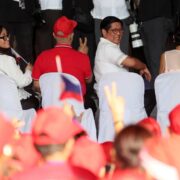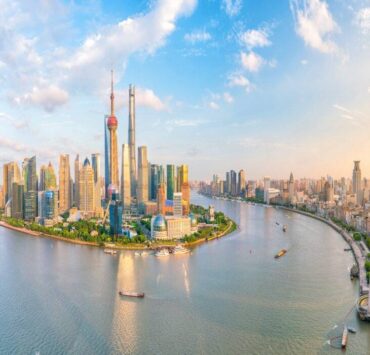Creating the vibrant downtown in today’s knowledge economy

Downtowns around the world were hit hard by the pandemic and the work-from-home arrangements, leading many to predict they would never fully recover.
But instead of demise, downtowns are being reinvented, with Tokyo leading the way. I visited Tokyo recently and I would like to share what I believe are significant innovative improvements.

A vibrant urban core
Traditional downtown business districts in many cities around the world were defined and dominated by high rise buildings with thousands of white-collar professionals and support staff packed in office buildings.
Tokyo, one of the world’s largest metropolitan cities, is pioneering an innovative approach where the downtown area increasingly takes on functions that were previously all provided by the office, with specialized services and amenities that enable companies to attract and retain talent.
Instead of a monolithic central business district, Tokyo’s downtown has been reshaped into a mosaic of distinct downtown districts with their own personality. Each of them has their own economic identity and unique mix of amenities.
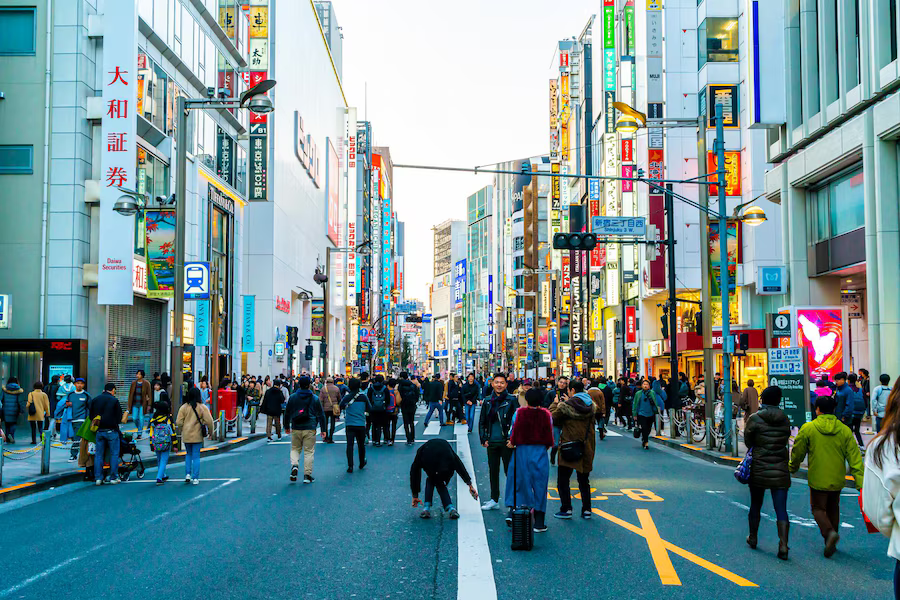
University campuses
Tokyo’s downtown districts resemble university campuses more than traditional downtown office clusters.
A great university campus is more than just a collection of lecture halls, dining areas and dormitories. It forms a complete ecosystem for learning, social interaction and spontaneous exchange, encompassing labs and studios, sports and athletic centers, theaters, cultural venues and green open spaces.
A detailed research, released by the BGC Henderson Institute, examined five of Tokyo’s most prominent downtown districts—namely, Marunouchi/Nihonbashi, Shibuya, Roppongi, Shinagawa, and Shinjuku—and identified the key characteristics that underpin their collective success as vibrant urban centers.
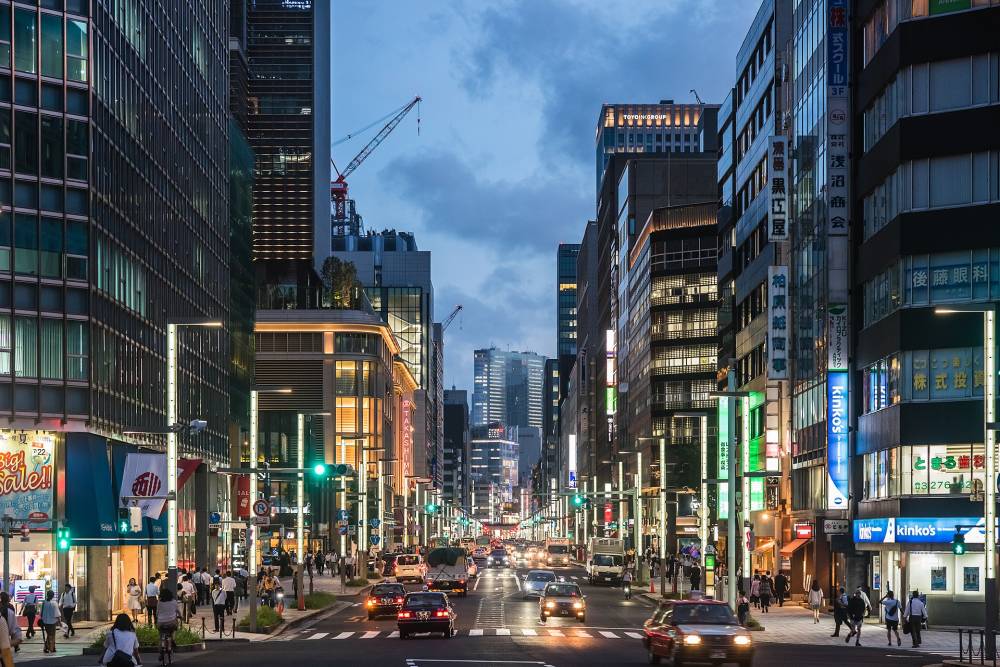
Right density
Tokyo’s downtown districts are among the densest, most intensively used urban spaces in the world. With daytime populations exceeding 70,000 per sq km in some areas, they are twice as dense as Manhattan, New York, but remain clean, orderly, and very livable.
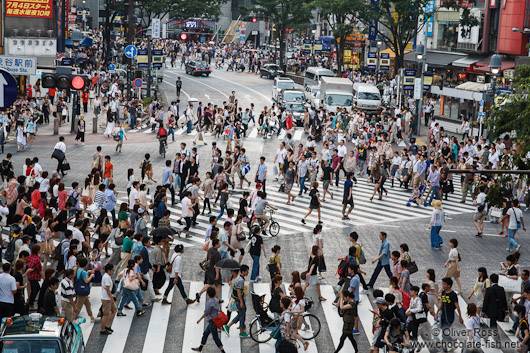
A true urban mix
Tokyo is distinguished by more than physical density. Its mixed-use urbanity is referred to as interaction density—the constant, unplanned collisions that spark new ideas and connections.
Office spaces intermingle with housing, vibrant retail, green spaces, restaurants, bars, clubs, cultural venues and, most importantly, schools and childcare facilities which help keep families with children in and around the urban core.
Tokyo’s downtown districts are 24/7 neighborhoods, bustling with life long after business hours—a striking contrast to the downtowns of many other global cities that are dominated by monolithic office towers that empty out after dark.
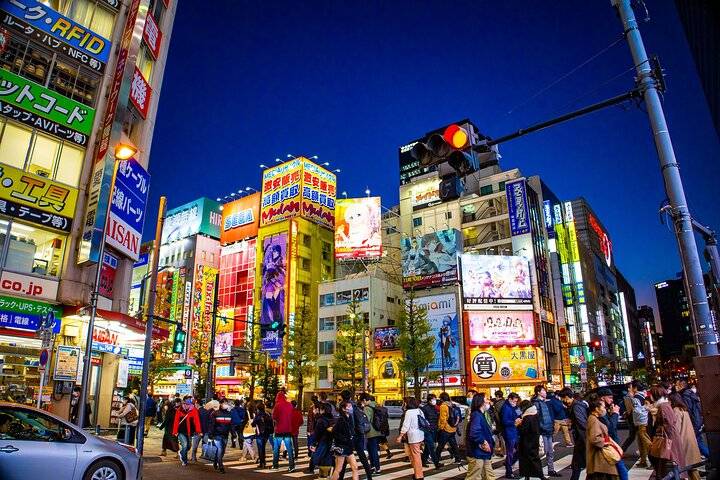
A mosaic of distinctive districts
Tokyo’s urban district isn’t a single entity but rather a mosaic of specialized urban environments that appeal to distinct industries. With their unique amenities, services, and character, these districts appeal to different kinds of talent that these industries require.
Marunouchi-Nihonbashi is comprised of two adjacent districts in central Tokyo that serve as the hub of the city’s financial and professional industries. Roppongi has evolved into a cosmopolitan center for technology and international business, while Shibuya is the city’s creative and digital epicenter, home to media firms, start-ups, and tech ventures.
Shinjuku is the most “Tokyo” of the five districts, standing out as more balanced in terms of its industry mix and use of space, with amenities ranging from policy think-tanks to karaoke bars.
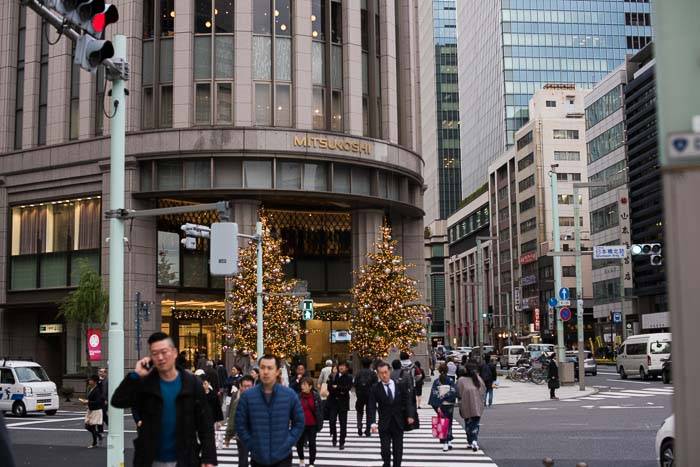
Culture, community, innovation
Companies as well as cities around the world have much to learn from what Tokyo has done. Choosing a location isn’t merely real estate or cost; it’s strategically positioning organizations in locations that help attract, energize, and retain essential talent.
The office today is more than a building or a place to work; it’s a platform for culture, community, and innovation. The great university campus is what this looks like when scaled to the level of a city.
At a time when talented people have more choice than ever, companies must move beyond the idea that workers should simply report to an office. They must place themselves in locations that excite and inspire.
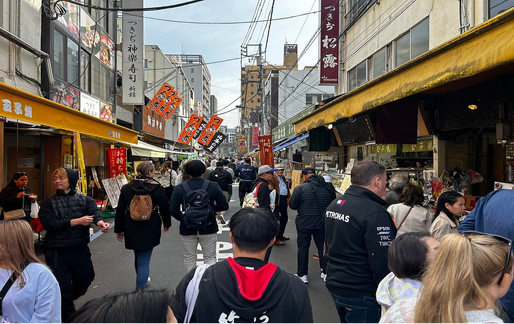
In Tokyo, private developers have played a crucial role in evolving the downtown districts into more livable, vibrant places. This development has been facilitated by government policies that allow greater land use flexibility; encourage mixed-use development; provide transit connectivity; and fill the urban core with schools, childcare facilities and other essential services.
Tokyo’s experience shows what’s possible when companies, developers, and government are aligned around making great places for companies and for people. In today’s knowledge economy, place matters more than ever.
The author (nveinsiedel@gmail.com) is a Fellow and Past President of the Philippine Institute of Environmental Planners and Principal Urban Planner of CONCEP Inc.





